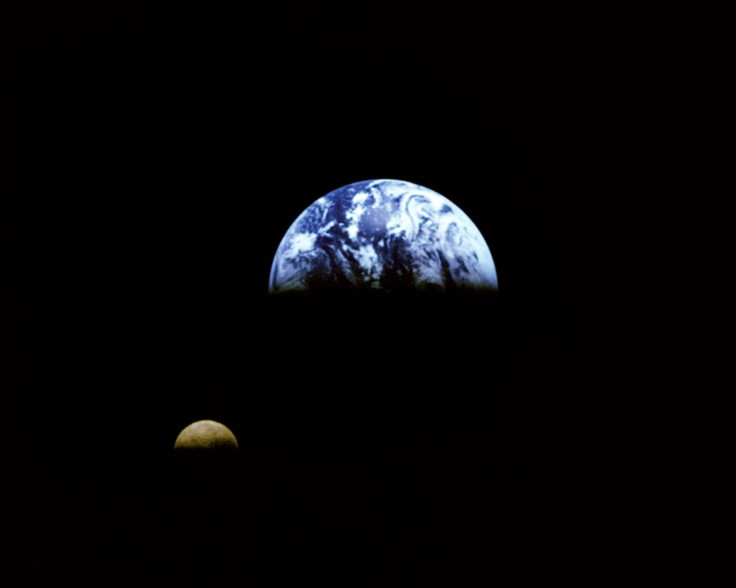Scientist Says Everyone Would Die If The Earth Stops Spinning For One Second

Renowned astrophysicist Neil deGrasse Tyson previously explained how everyone on Earth would instantly die if the Earth suddenly stopped rotating for just one second. According to the scientist, it would be similar to not wearing a seatbelt during a really bad car accident.
Earth rotates once every 24 hours at a speed of almost 1,000 miles per hour. Humans and other living creatures on Earth do not feel the effects of the rotation because they are spinning with the planet. Since everything on Earth is spinning with the planet, it would be very disastrous if its rotation suddenly stops.
This grim scenario was tackled by Tyson during a previous interview with television and radio personality Larry King. According to the astrophysicist, if the Earth suddenly stops spinning, everyone and everything that’s not securely anchored will be thrown towards the direction of the planet’s rotation.
Tyson noted that everyone will most likely die during this catastrophic event.
“That would be disastrous,” he said during the interview. “We are all moving with the Earth at 800 miles an hour due East. If you stopped Earth and you weren’t seatbelt buckled to the Earth, you would fall over and roll 800 miles an hour due East.
“It would kill everyone on Earth,” Tyson added. “People would be flying out of windows and that would be just a bad day on Earth.”
According to Tyson, this type of event is similar to being in a car accident. If a fast-moving car gets into an accident, all of the passengers not wearing a seatbelt will get thrown off their seats.
“Now if somehow we all slowed down, so anything not bolted to the Earth would slide due East at 800 miles per hour,” he explained. “That’s what happens to you in a car if you hit a brick wall and you’re not wearing a seatbelt, you keep going.”
However, Tyson noted that if everyone on Earth manages to slow down with the planet until it completely stars rotating again, no one would get hurt. The only effect that people will experience is having a very long day.
© Copyright IBTimes 2025. All rights reserved.





















